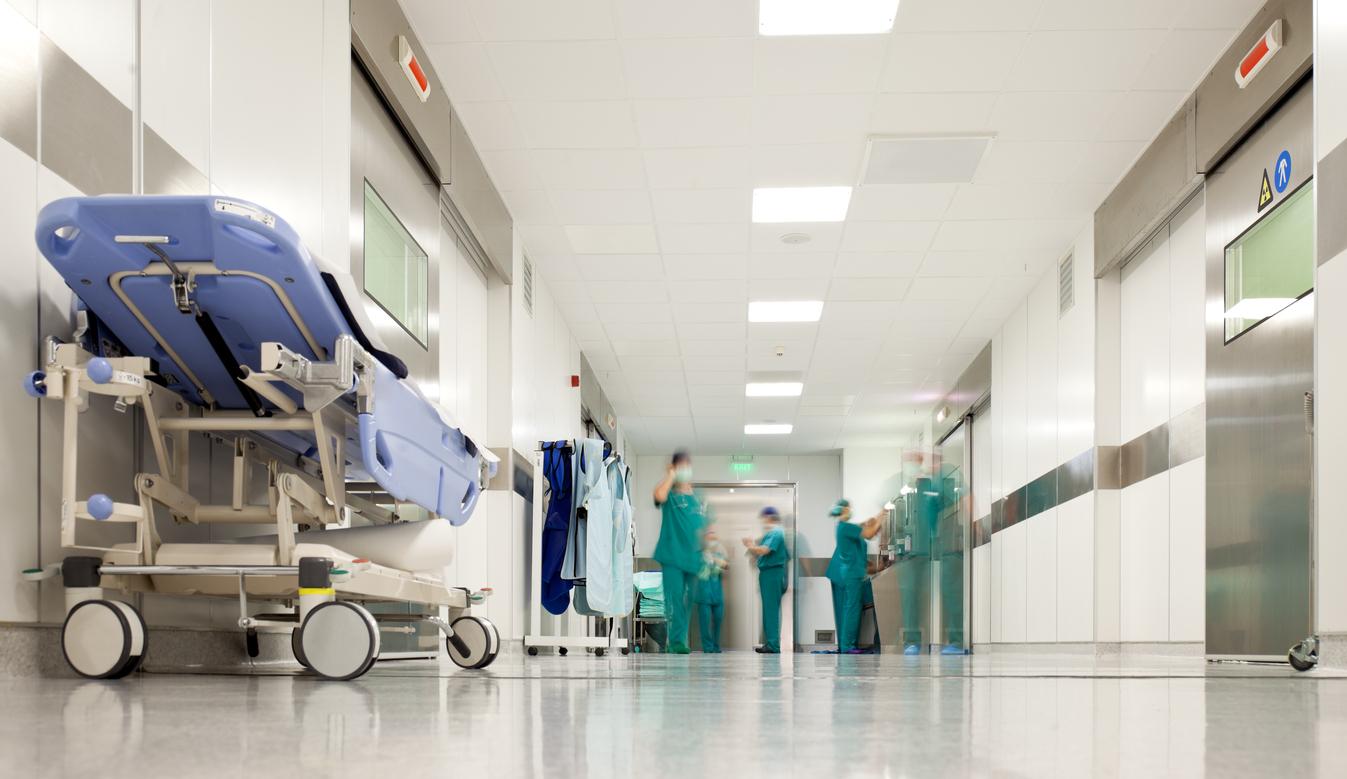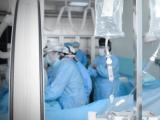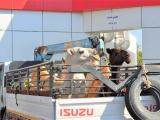In new MERS-CoV developments today, the World Health Organization (WHO) shared details about the latest hospital outbreak in Saudi Arabia and researchers from Thailand reported on the workup of an imported case in 2015 that highlights the diagnostic challenges inherent with the disease.
Information on the hospital outbreak in the city of Dumah Al Jandal, located in the Al Jawf region in northwestern Saudi Arabia, was included in the WHO overview of 26 Middle East respiratory syndrome coronavirus (MERS-CoV) cases from the country reported between Jul 4 and Aug 12.
Hospital outbreak details
Thirteen of the newly reported Saudi cases are linked to the hospital outbreak, the WHO said. The index case involved a 51-year-old man with underlying conditions whose illness was reported on Aug 2 and who died on Aug 8. Contact tracing identified 12 other MERS-CoV infections, including 8 healthcare workers, all of whom were asymptomatic.
One of the patients, a 70-year-old man who was hospitalized, died on Aug 11, and three are household contacts, males aged 12, 16, and 21.
Follow-up is ongoing for health workers as well as for hospital and household contacts.
Saudi Arabia battled three small hospital outbreaks earlier this summer, all from Riyadh. The country and others face an ongoing threat of hospital outbreaks, because the symptoms of the disease are often nonspecific and initial cases can be missed, posing an infection risk to staff, other patients, and visitors.
In a recent risk assessment, the WHO said hospital-related cases in Saudi Arabia declined significantly in 2015 and 2016 owing to improvements in infection prevention and control as well as in surveillance and outbreak response.
Illnesses from several other cities
The other 13 cases were all previously reported by Saudi Arabia's health ministry and occurred in various parts of the country, including 2 from Hail, 2 from Jeddah, 2 from Khamis Mushait, and 1 each from Aldalam, Taif, Riyadh, Buridah, Najran, Aloula, and Baljurashi.
All were adults aged 36 to 89. Ten were men and three were women, four of the cases were fatal, and five had been exposed to camels or had consumed camel milk.
The WHO also reported two deaths in previously reported cases.
Since the virus was first detected in humans in 2012, the WHO has received reports of 2,066 MERS-CoV cases, at least 72 of them fatal. Most are from Saudi Arabia.
Thailand investigation findings
In today's issue of Eurosurveillance, researchers from Thailand reported on the investigation of an imported case from 2015 in a 75-year-old Omani man who traveled to Thailand for treatment of a heart condition.
When the man sought care in the emergency department of a private hospital on his arrival day, he was diagnosed with heart failure and possible pneumonia; given his Middle East travel history, the hospital staff suspected MERS-CoV and isolated him in a negative pressure room.
Upper respiratory samples on days 2 and 3 were negative for MERS-CoV, which led to a decision to remove the patient from the negative pressure unit.
Further tests on sputum samples from day 3 confirmed MERS-CoV, and the man was placed back in the isolation unit.
Investigators identified 170 potential contacts, 48 of them with high-risk exposure, including 12 airline crew.
Genetic analysis showed that the virus isolated from the man was most closely related to MERS-CoV isolated from Saudi patients in 2015. However, the man had not recently traveled outside Oman or had recent contact with camels. Before he flew to Thailand for treatment he had been treated in two different hospitals in Oman.
Researchers said the case shows the challenges of detecting cross-border threats; the man's illness was not detected by ThermoScan at the checkpoint at the Bangkok airport because he didn't have a fever and had only a mild, nonproductive cough.
They also wrote that the case highlights clinical challenges in detecting the disease, which in this case-patient was complicated by congestive heart failure but chest radiographs that didn't show clear signs of interstitial pneumonia.
They also noted that for MERS-CoV patients, lower respiratory tract samples often have higher viral loads, making endotracheal or sputum samples more reliable for testing. They said the negative upper respiratory tests during the man's early hospitalization led to a diagnostic delay that might have fueled transmission, but fortunately he was isolated except for 8 hours in the intensive care unit following the negative tests.
The man was discharged from the Thai hospital on Jul 3, 2015, after spending 19 days in the hospital. No other cases were detected.
See also:
Aug 17 WHO statement
Aug 17 Eurosurveill report
Jul 25 CIDRAP News story "WHO: Hospital outbreaks underscore MERS challenges"






















